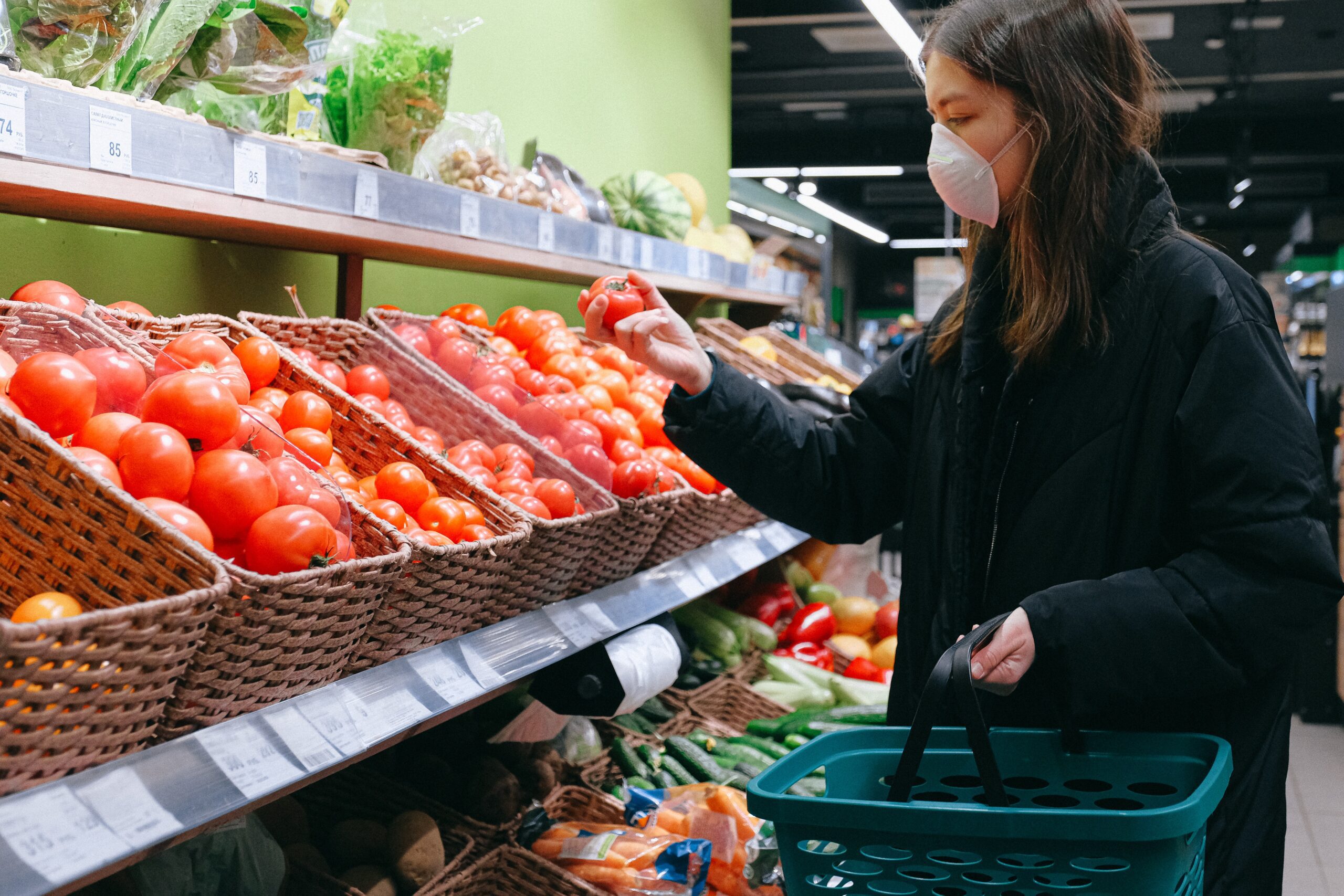Food inflation in Canada is at 6.5 percent, the highest year-over-year increase in grocery expenditures in more than a decade, thanks to increasing supply costs, shipping fees, and wages.
“We’re starting to see commodity price increases ripple through to the grocery store,” said Stuart Smyth, associate professor and research chair in Agri-Food Innovation at the University of Saskatchewan.
Even over the last five years, grocery prices have increased almost 15 percent, TD Bank economist James Orlando said, with the 10-year gain clocking in at 34 per cent.
Michael Graydon, CEO of Food, Health & Consumer Products of Canada, emphasized that the problems seen in the supply chain are a result of systemic issues with labour shortages that have been present in food manufacturing for some time.
“COVID has brought these issues to the forefront and has put us in a difficult position,” he said. “Inflation will be part of our life for a period of time.”
Meat, bread, and fruit were among the major items driving increasing grocery prices, according to StatCan. Canadians paid 7.4 percent more for bakery products in January than a year ago, 16.5 percent more for margarine, and 12.1 percent more for condiments, spices, and vinegars.
Fresh fruit prices rose 8.2 percent due to supply chain interruptions and unfavourable growing circumstances, according to the agency.
Meanwhile, the price of beef has grown by 13%, while chicken has increased by 9%, and fish has increased by 7.9%.
“It’s layer upon layer of issues that are compounding to create these skyrocketing prices,” said Simon Somogyi, University of Guelph professor and Arrell Chair in the Business of Food.
“The cost of everything across the food supply chain is getting so expensive and that’s the same for farms, wholesalers, packers and processors right up to retailers. All these things are coming together on top of other issues like winter storms and shipping delays and the result is higher prices.”
Retail strategist Lisa Hutcheson doesn’t see prices going back to pre-pandemic levels anytime soon. “These are unprecedented times, and it isn’t something we can measure against.”
“Usually Canadians are able to ride out these cycles pretty well, but when you combine it with everything else going on, there aren’t any offsetting factors,” Orlando said.
There will be a “new normal” for the cost of goods, Hutcheson added.
In order to save money, some Canadians may decide to adjust their typical food shopping. According to experts, some buyers will choose conventional fruits and vegetables over more expensive organic options. Others might prefer to buy a store-brand product over name-brand goods.
Consumers can also avoid impulse purchases by planning out the meals in advance and making a grocery list before going to the store and not straying from it. Cutting back could look like perusing the flyers to find deals, considering more affordable plant-based alternative products, and buying frozen fruit and vegetables (which are frozen at their peak quality) rather than fresh (which can turn quickly if they’re not used right away or stored properly, leading to more food waste).









